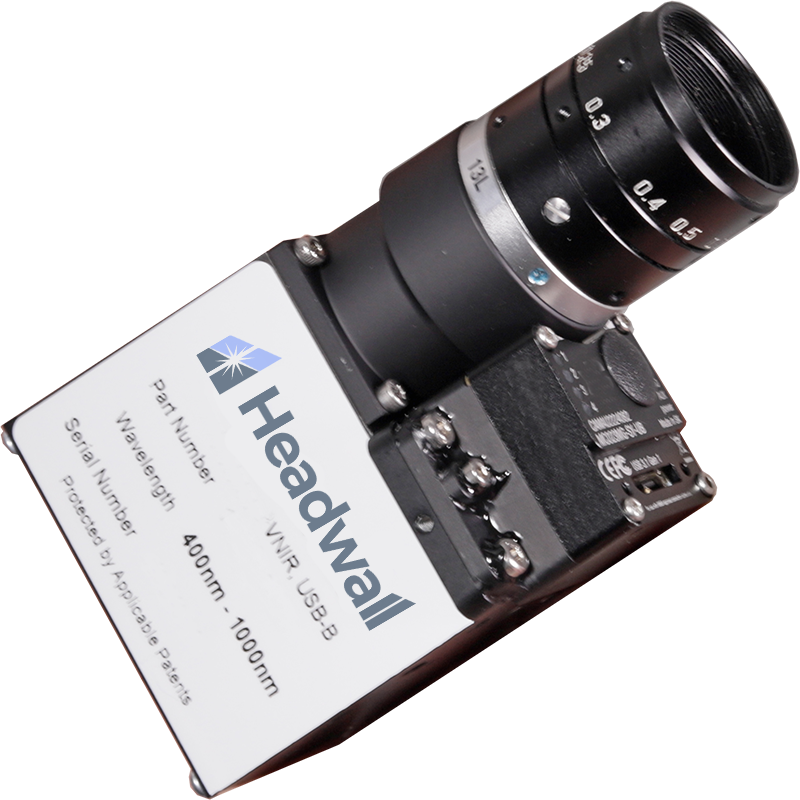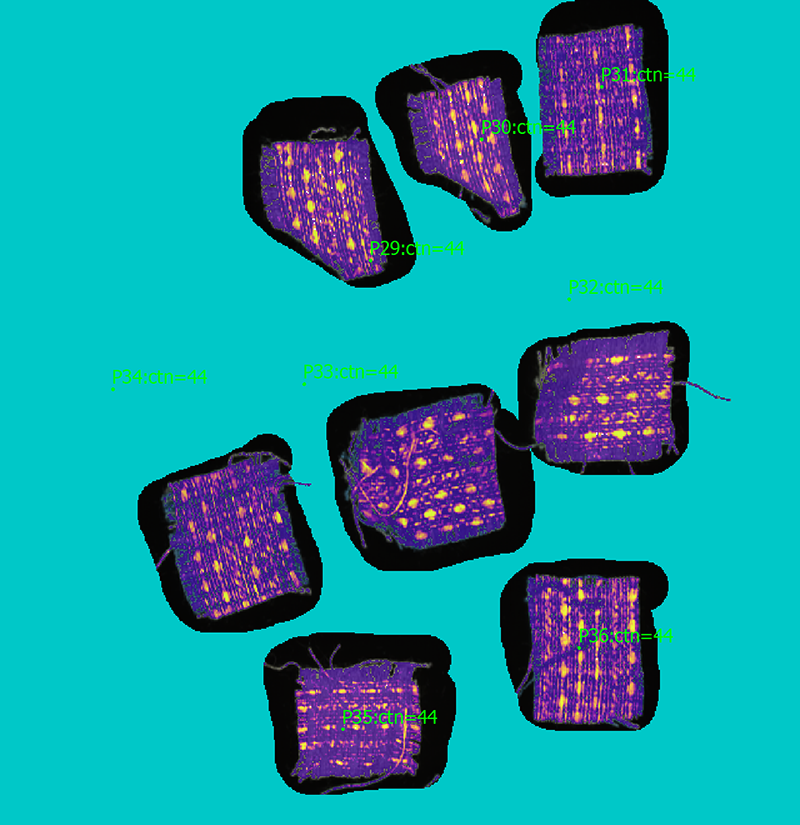HISTAMINE DETECTION IN TUNA
Histamine is a heterocyclic amine formed by decarboxylation of the amino acid L-Histidine. It is involved in the local regulation of physiological processes, but also can occur exogenously in the food supply. Histamine is toxic at high intakes, therefore, determination of the histamine level in food is an important aspect of food safety.
When seafood is consumed, the elevated histamine levels can cause Scombroid poisoning—most commonly occurring from consumption of fish that are members of the Scombridae family—tuna and mackerel, but also from others like bluefish, mahi-mahi and more.
THE HEADWALL ADVANTAGE
- Eliminate manual sampling
- Rapidly scan entire product
- Receive real time results
- Visual indication of histamine distribution
See the Webinar on Real-Time, Non-Contact Histamine Detection on Fish!
RAPID, NON-DESTRUCTIVE ANALYSIS AND IMPROVED PRODUCTIVITY
Histamine formation is directly related to decomposition, most often a result of poor temperature control in storage, and can be used as an indicator of freshness. Histamine testing is a regulatory requirement with permissible levels varying from 20ppm to 100ppm in fresh fish (USDA limit is 50ppm).
A range of detection and analytical methods are available for measuring histamine in fish such as HPLC, fluorometry and a variety of biosensors. While ranging in precision and complexity of preparation, these methods share a common feature—they require manual sampling. Since histamine levels can vary significantly within fish, sampling protocols can be quite complex and measurements are time consuming.

Benefits of Using Headwall Hyperspectral Imaging Technology

Hyperspectral Imaging (HSI) helps obtain valuable information without the need for sampling or contact with the product. The combination of real-time reflectance spectroscopy with imaging allows seafood processors to quickly and repeatably evaluate the histamine level of fish product moving on conveyor belts. By scanning product passing under the sensor, Headwall’s HSI system produces a histamine map for each fish fillet, and can calculate average values and send results to a plant control system for archiving or to alert an operator.
In the example described here, samples of raw tuna were analyzed using a Headwall hyperspectral scanning system, the MV.C VNIR (400–1000nm range). The reference values for each of the samples were obtained using an immuno-enzymatic test kit. Based on these samples, a hyperspectral data classification model was developed using perClass Mira® Software.
The classified image was further processed to compute an average histamine concentration value in parts per million for the sample, percentage of area for each histamine class and other
statistical parameters (not shown for reasons of clarity). The results can be presented visually or communicated through industrial protocols to plant control and data management systems. Several tuna fillets were scanned by the Headwall hyperspectral imaging system and the images provide a visual indication of overall histamine levels and spatial distribution of histamine in each sample.






